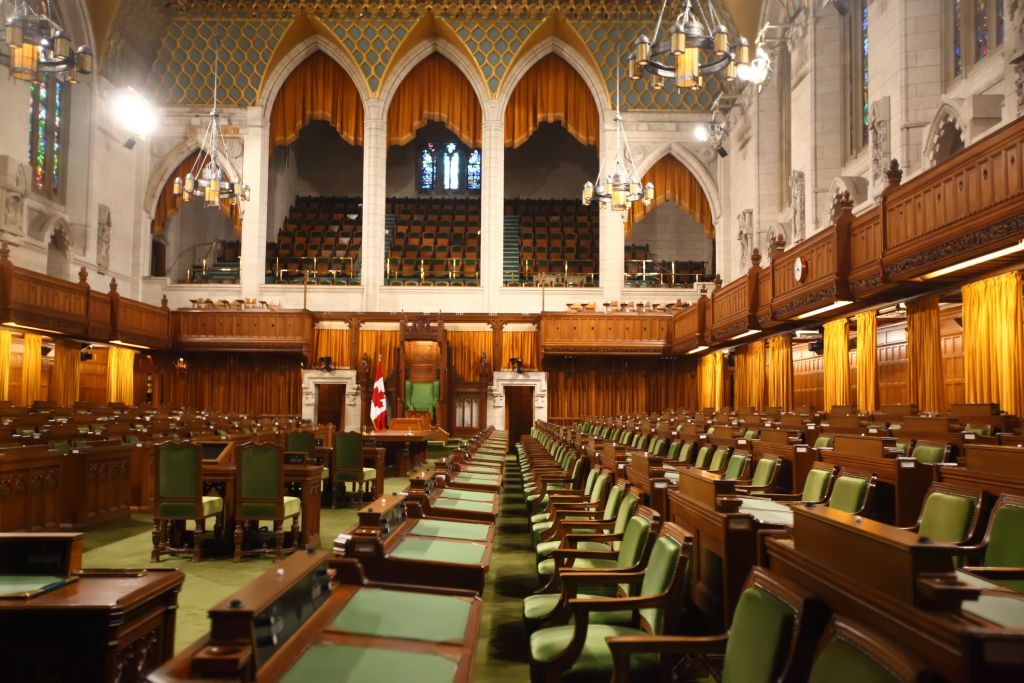Most of us understand that our health outcomes are heavily influenced by the conditions in which we live—the social determinants of health.
We also know that differences in those conditions often lead to health inequities—systemic, unfair, unjust, and avoidable differences in health outcomes between socially defined groups.
Digging a bit deeper, though, we can ask why some socially defined groups (e.g., white people, heterosexuals, fully abled people, etc.) usually live in better conditions and thus have better health outcomes than other groups (e.g., Indigenous Peoples, racialized people, differently abled people, queer folks).
Why do these patterns exist? One significant reason for this is that our values, beliefs, culture, and norms, as well as our governance, laws, policies, and institutional practices—society’s written and unwritten rules—structure, reinforce, and encode the relationships between socially defined groups and thereby create these durable patterns in outcomes.
These are the structural determinants of health.
Budgets—both government and institutional—are among those written and unwritten rules or policies that tend to perpetuate inequities.
Which groups get the infrastructures and resources to live well and be healthy?
How much are the wealthy and corporations taxed on the profits they make from the labour of people through exploitative business models?
How much of the budget gets invested in upstream preventative and health promotion interventions—specifically in the social determinants of health—that would serve those people who are being exploited and marginalized?
Budgets can be seen as moral documents and our collective spending reveals the purpose of society. Budgets should, in theory, be used to offset the disparities between those who have too much and those who have too little.
We can tax corporations and the wealthy more, growing our budgets. We can allocate more of our spending to improve conditions for those who have been and continue to be marginalized by structural barriers. We can make different choices as a society.
And yet we do not. Which begs the question: Who and what influences government and organization budgetary decisions? We can answer this by analyzing budget decisions through a power lens.
At a high level, it is safe to say that those advantaged by current structures, including lower taxes and budgets that don’t focus investment upstream, don’t want to see these shifts. They use the resources and tools at their disposal to maintain current structures.
In other words, they use their power. On the other hand, exploited and marginalized groups who would benefit from redistributive budgets and more upstream spending have less power to influence budgets.
Going deeper, we can use a framework like the Three Faces of Power, developed in the 1970s by social theorist Stephen Lukes to analyze power and determine why we are not investing more upstream. While a thorough analysis is beyond the scope of this article, we briefly explain each of the faces and one aspect of how power is playing out with regard to budgets.
In Lukes’ framework, the first face of power is the visible face. As Heller et al write in their Public Health Management Practice article this year: “Exercising influence in the political or public arena and amongst formal decision-making bodies to achieve a particular outcome.”
Who is making budget decisions? Who and what influences them?
Our elected officials and institutional leaders are the decision-makers. While there are many important answers to what influences those decision-makers (morals, evidence, campaign donors, reputation, etc.), we’ll focus on one: they are typically judged by their constituents on short-term outcomes.
They’re judged on whether someone can get the operation they need now, whether someone has a good job now, whether someone can find affordable housing now, whether shareholders are earning profits now.
The decision-makers’ jobs depend on it. Few constituents focus on the long term—the time frame in which upstream investments will pay off. An elected official voting for long-term investment is going to get voted out of office before those investments lead to better conditions.
The incentive structure is wrong. What would another electoral incentive look like at the party level? How could we hold governments accountable for the decisions they made in the past but that are impacting the present and future?
The second face of power is the hidden face, “organizing the decision-making environment, including who can access decision-making and what issues are being considered by decision-making bodies.”
Who and what is influencing the decision-making agenda? Organizations like chambers of commerce, industry and professional associations, think tanks, and other lobbyists often work in an integrated, coordinated, and strategic manner. Together, they help elect a set of people that share their views and then use those relationships to ensure that the legislative agenda includes issues they care about and excludes issues they want to avoid.
Have those advocating for upstream budget investments built any similar sort of cross-sector infrastructure?
Lukes’ third face of power is the invisible face: “Shaping information, beliefs and worldviews about social issues.” What dominant world views and narratives influence decisions and make upstream investments seem foolish?
One of the impacts of the last 50 years of neoliberalism has been the widespread adoption of a set of beliefs about how the world works.
Among those beliefs is that we are responsible for our own successes and failures—a very individualistic view of the world—and that government is inefficient and wasteful.
Another belief prioritizes economic gains over anything else, whether it be social cohesion, environmental protection or restoration, or good health.
If most Canadians hold these beliefs, shifting budgets toward more government investment in collective, upstream approaches is an uphill battle that may not be winnable.
The benefit of this kind of power analysis is that it points the way to different strategies. We can ask another set of questions based on the three faces: What can we do in the short term to influence budget decision-makers? What organizations and infrastructure need to be built to move an equity agenda in the medium term? And what transformative narratives can we assert to shift what is considered common sense over the long term?
Based on the answers to these questions, we can bring together partners to develop strategies and implement tactics that shift power, enabling structural changes (i.e., shifts in budgets) that increase investment in the social determinants of health—all of which are activities to which the Get Well Canada alliance aims to contribute.
For example, we might choose to invest in deepening community organizing efforts across Canada, building the power of marginalized communities. We might invest in building relationships between equity-focused organizations so they can strategically coordinate their work. And we might invest in narrative change efforts that lift collective values, impacting outcomes over the long term.
Shifting structures, including budgets, requires intentional strategies and concerted effort. It requires shifting power relations, both limiting the power of those who use it to maintain the status quo and building power in communities that have been marginalized by systems of oppression.
To get there, those of us interested in equity—including upstream budget investments—must build our capacity to recognize, analyze, and develop strategies to shift power relations.







